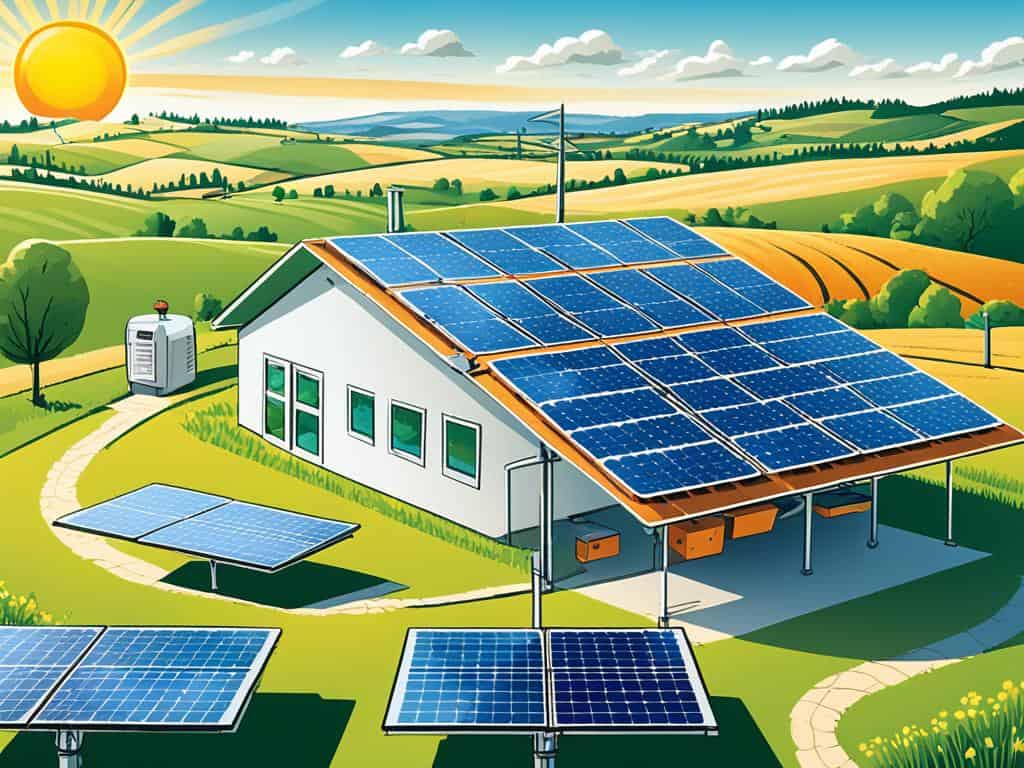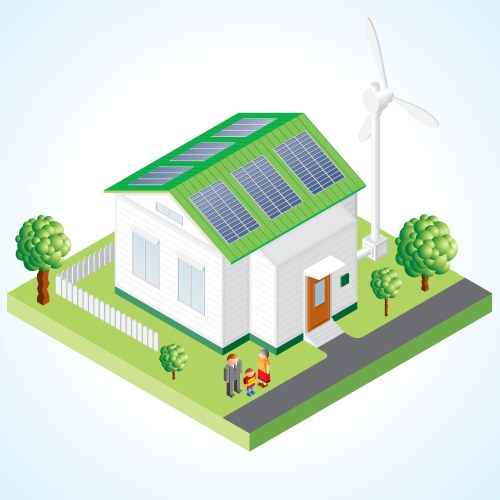The global shift towards renewable energy is accelerating, and solar power is at the heart of this revolution. But there’s another technology working quietly behind the scenes, transforming the way we generate, distribute, and consume electricity: the smart grid.
The global shift towards renewable energy is accelerating, and solar power is at the heart of this revolution. But there’s another technology working quietly behind the scenes, transforming the way we generate, distribute, and consume electricity: the smart grid. Together, solar energy and smart grids create a powerful synergy that promises a more sustainable, efficient, and reliable energy future. In this blog, we’ll explore how they work together—and why it matters for homeowners, businesses, and the planet.

A smart grid is an upgraded version of the traditional electricity grid, designed to handle modern energy demands. It uses advanced technologies like sensors, automation, real-time data monitoring, and two-way communication to:
Unlike the old grid—which was essentially a one-way system, delivering power from central plants to consumers—a smart grid is interactive and adaptive. It can respond to changes in energy usage, weather, and grid conditions automatically.
Dynamic pricing and optimized energy use can reduce bills.
Decentralized solar reduces the risk of widespread outages.
Solar + smart grid = fewer carbon emissions.
Homeowners and businesses can produce and manage their own power.
As demand grows, smart grids help scale solar without overwhelming the grid.
Traditional grids rely on large, centralized power plants. In contrast, solar energy allows for distributed generation—thousands of homes and businesses generating their own electricity. Smart grids help manage this decentralized network by:
Solar power is intermittent—cloudy days and nighttime reduce production. Smart grids can integrate battery storage systems to:
This improves grid reliability and reduces dependence on fossil fuels.
Smart grids collect and analyze vast amounts of data from solar systems and other energy sources. This enables:
For example, if a neighborhood generates excess solar energy, the smart grid can redirect it to areas in need, maximizing efficiency.
Solar energy and smart grids also play a key role in supporting the rise of electric vehicles. Smart grids can:
While the solar + smart grid partnership offers immense benefits, there are challenges:
Despite these hurdles, governments, utilities, and innovators worldwide are working to build smarter, greener grids. Countries like the U.S., Germany, and Australia are leading the way in integrating solar and smart grid technologies.

The combination of solar energy and smart grids represents a bold step toward a more sustainable energy future. As solar adoption grows, smart grids will be essential in unlocking the full potential of renewable energy—making it cleaner, more reliable, and accessible for all. Are you ready to be part of the energy revolution? Explore how installing solar panels at your home or business can not only save you money but also contribute to a smarter, greener grid.